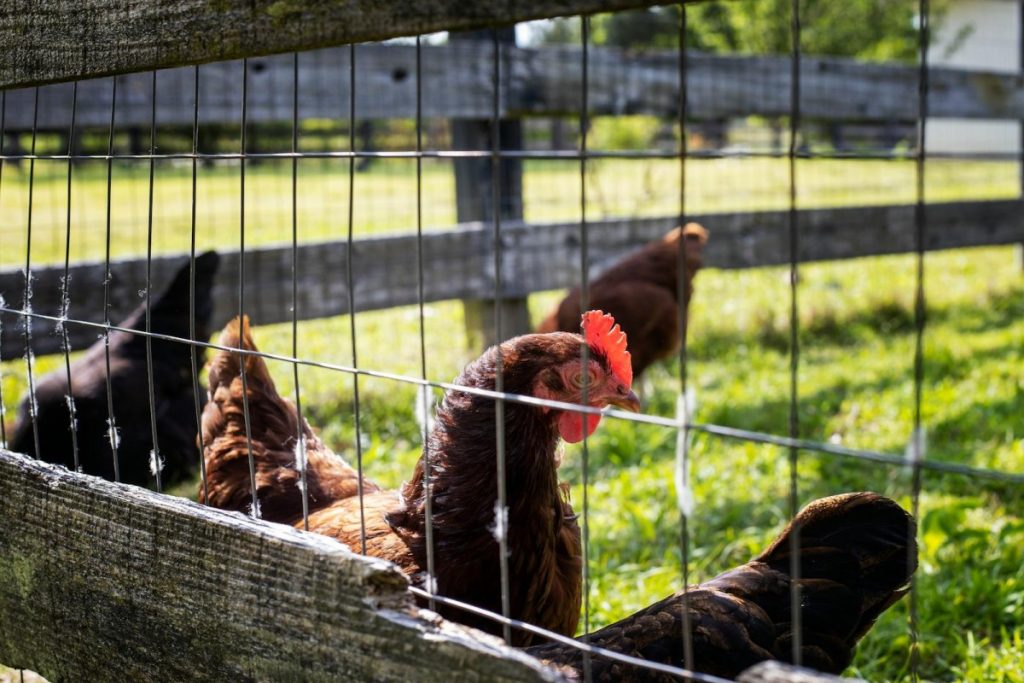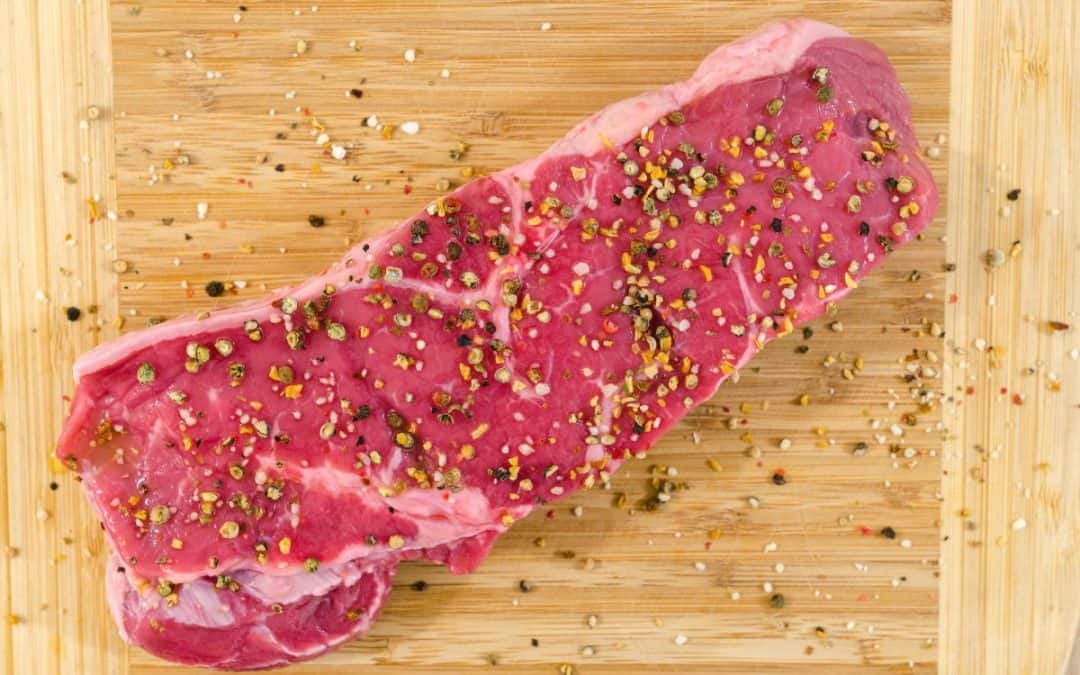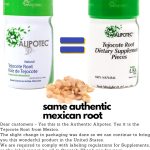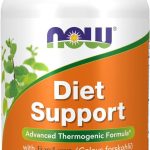We will look at why some meat is better than others for you and why some fats are better than others for you. What are these Omega fats, anyway? We will also look at why the fat ratio of meat and eggs can be affected by the animal’s feed and living conditions. We’ll also touch on the fact that just because an animal was raised on organic feed it still may not have the nutrients needed to make their meat healthy…
To figure out what Omega fatty acids are we will touch on just the basics. Fats are compounds called Lipids. They are chemical compounds of Carbon, Hydrogen, and Oxygen. Fatty acids are the refined fuel forms of fat and some cells, like the heart, prefer them over glucose (sugar). Fatty acids are named according to the number of carbons in their chain, for example, Omega 3, and Omega 6. Because there are fewer carbons in an Omega 3’s chain has some to do with why they are better for you. Your HDL (good Cholesterol) comes from Omega 3’s.
Now we need to know this because there are certain Fatty Acids that are considered “Essential” meaning that we need to get them from the foods we eat. They are Linoleic, Linolenic and Arachidonic. But actually Linoleic is the only one that our body can not make so it is dependent on diet.
Fatty acids have many important functions:
- Linoleic acid strengthens cell membranes and helps prevent skin breakdown like eczema, and skin lesions.
- Linoleic acid combines with cholesterol to move it through the blood and helps lower blood cholesterol levels.
- All three Essential Fatty Acids (EFA) help with the blood clotting ability of the body.
- Linoleic acid is a precursor of many hormone-like substances in the body. One of these hormone-like substances is Prostaglandin.
Prostaglandin was originally thought to originate in the prostate gland, hence its name, but it is actually present in all body tissue. Omega 3 fatty acids are precursors of prostaglandin. It is formed from Linoleic acid which is an (EFA) and must come from dietary intake.
Prostaglandin acts as a hormone to directly coordinate important biological functions. Some of the functions are:
The smooth muscle tone is controlled by them (Smooth muscles are involuntary muscles like those around the heart and blood vessels).
Platelet aggregation (blood clotting) is affected by them.
Inflammation reactions and immune responses are also controlled by them.
For this reason, they are very important in Cardiovascular Disease. The longer the chain of fatty acids the harder it is for the body to absorb them. For this reason, Omega 3’s are much easier to absorb than Omega 6‘s. They both compete in the body for the same receptor sites so it is important to have a higher dietary intake of Omega 3’s than Omega 6’s. We want Omega 3’s to get to the receptor sites in larger numbers than Omega 6’s. Omega 3 fatty acids are not present in grains and very low amounts are present in hay. In order to have Omega 3’s in the meat we eat the animals need to be raised on pasture. As a comparison:
In grain-fed beef, Omega 3’s are 1, and Omega 6’s are 20.
In grass-fed beef, Omega 3’s are 1, and Omega 6’s are 3.
Medical experts have found that if Omega 3’s are 1 and the Omega 6’s exceed 4 in the ratio people are more likely to have health problems.
By eating pastured meats like beef, pork, and chicken not only do we lower our risk of heart problems, but just by this change alone, the average American can lower their calorie intake by about 17,700 calories a year.
Chicken is a source of Omega-3 acids

Chickens that are raised in areas where they can range and eat vegetables, grass, insects, and a small amount of corn have a higher amount of Omega 3’s in their eggs. For example:
In range-fed chicken eggs, Omega 3’s are 5, and Omega 6’s are 1.
In confinement-raised chickens, Omega 3’s are 1, and Omega 6’s are 20.
The eggs of range-fed chickens have a higher number of Omega 3’s than Omega 6’s. This means they would be very good for you, and could even help lower cholesterol levels in your body. Flax seed is high in Omega 3’s and is a great feed source to boost Omega 3’s in the meat and eggs of chickens.
Beware of labeling. For example, an animal raised on “Organic Feed” still may not have a healthy ratio of Omega 3 to Omega 6 fatty acids present in the meat. This is because even organically raised grains do not have healthy levels of omega-3 fatty acids present. Fish is high in Omega 3’s but so many of our water sources are contaminated with Mercury that it may be safer to eat Pastured Meats.
It is no wonder that down-home, country living has a reputation for making you healthy and strong. Eating the right foods, raised in the right conditions, can make a big difference in the way you feel and the way your body functions.
About the Author Mary Howard RN
Mary Howard is a Registered Nurse, mother of two, and enjoys natural gardening. Feel Free to contact her at: gardenrn@sendfree.com








